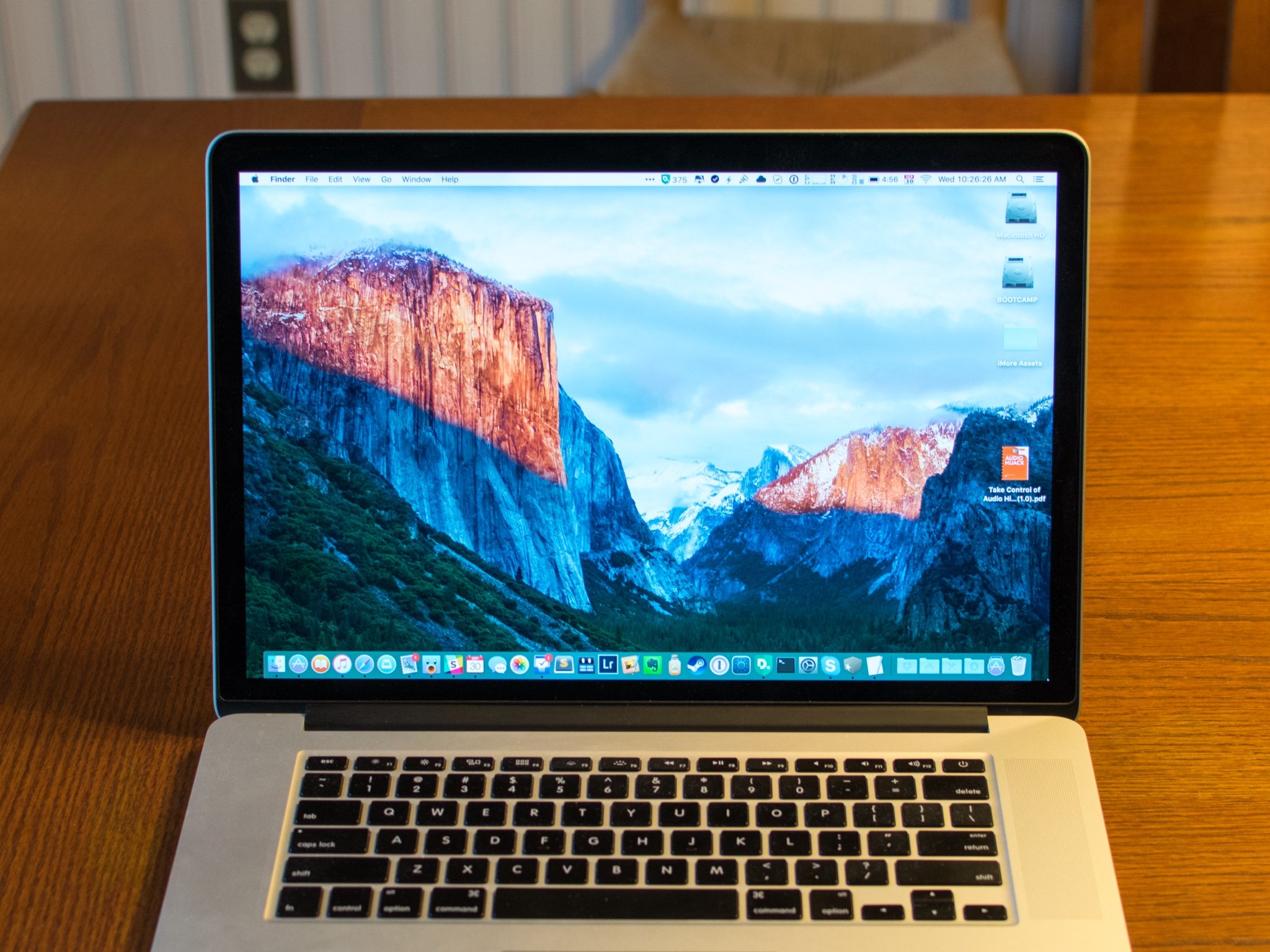
I wouldn't bet on Revit for Mac ever happening (except potentially as a Forge service, lol), but I wouldn't mind being wrong: then I could get more money consulting for folks who bought MacBooks that aren't strong enough to run Revit well.
 Skip to end of metadataGo to start of metadata
Skip to end of metadataGo to start of metadata- Revit 2018/19/20/21 installed, 30-day trial available from Autodesk Revit is not supported on MAC, you will have to Bootcamp your MAC and install Windows to run Revit Course notes and files will be provided.
- Revit for Mac and Linux. In the screenshots below, you can see that I have successfully launched an instance of Revit for Mac or Linux! As I mentioned earlier in the post, this probably isn’t the best solution for most Revit users, however, without a doubt this is the fastest way to install Revit for Mac or Linux. This installation was simply.
What we want to know more about is;
-What works best on the MacBook Pro of Parallels or Bootcamp?
depends entirely on the project size and complexity.
with a fairly recent mbpro parallels 4 or 5 with winxp should work fine, provided you have at least 4 gb of ram.
however, once the project gets too big or too complex, revit will slow down significantly.
unfortunately, there is no golden rule as to where the magic barrier is where a revit project will not run smoothly under parallels any more (at least not to my knowledge).
my feeling is that one or more of the following will slow a revit project down under parallels once it gets big / complex (btw: the size of the rvt-file is not always a good indicator for complexity):
- lots of groups (xrefs seem to be a bit less memory-consuming)
- lots of copied views
- large amounts of detail elements
- large imported geometry / line work
- lots pattern-based surfaces
- Parallels may be too demanding?
see answer above.
once you experience first signs of lagging, try allocating more memory to parallels (although i usually stick with the value recommended by parallels).
- Do you need a working windows license for Parallels?
of course - but you only need a separate license if you do not re-use your boot camp partition under parallels.
in my old setup i used the same licence under boot camp and parallels (winxp 32 bit + parallels 4).
this is how it worked for me:http://kb.parallels.com/eu/4672
Revit For Mac Download
- In both cases is Windows XP or Windows 7 recommended to run Revit?
i have recently installed a new bootcamp partition on my mbpro that runs windows 7 pro 64 bit and i am re-using that partition under parallels 5.
in my opinion, running windows 7 under parallels only makes sense if you have a lot of memory to spare - windows 7 is a very memory-hungry operating system. so, as i said: it depends on the availability of ram. here's what you can put inside a mbpro:http://forums.macnn.com/69/mac-notebooks/358184/a-guide-to-macbook-ram-upgrades/
mine's got 4 gb, so in my current setup i am not using revit under parallels unless it's an emergency.
under boot camp however, revit 2010 and windows 7 is a great combination - at least i haven't had any problems so far.
please keep in mind, that win7 is not officially supported for revit 2010:http://usa.autodesk.com/adsk/servlet/ps/dl/item?siteID=123112&id=13885436&linkID=9243099
my recommendations:
if you have a new macbook (age < 1 year), you could most probably use win7 64 bit & parallels 5 (plus boot camp as a fallback solution) - provided you have more than 4gb of ram.
if your macbook is a little older, go for the same setup, but with winxp.
you might want to buy more ram.
if there is no money to be spent, use bootcamp. depending on the age of your macbook either go for winxp or win7.
whatever you do - try to go for the 64 bit version of the operating system.
i hope this will help a bit. unfortunately, there's no book on running revit on a mac. all this is entirely based on my own personal experience in the last two years. all things considered, i have enjoyed every single day of working with revit on a mac!